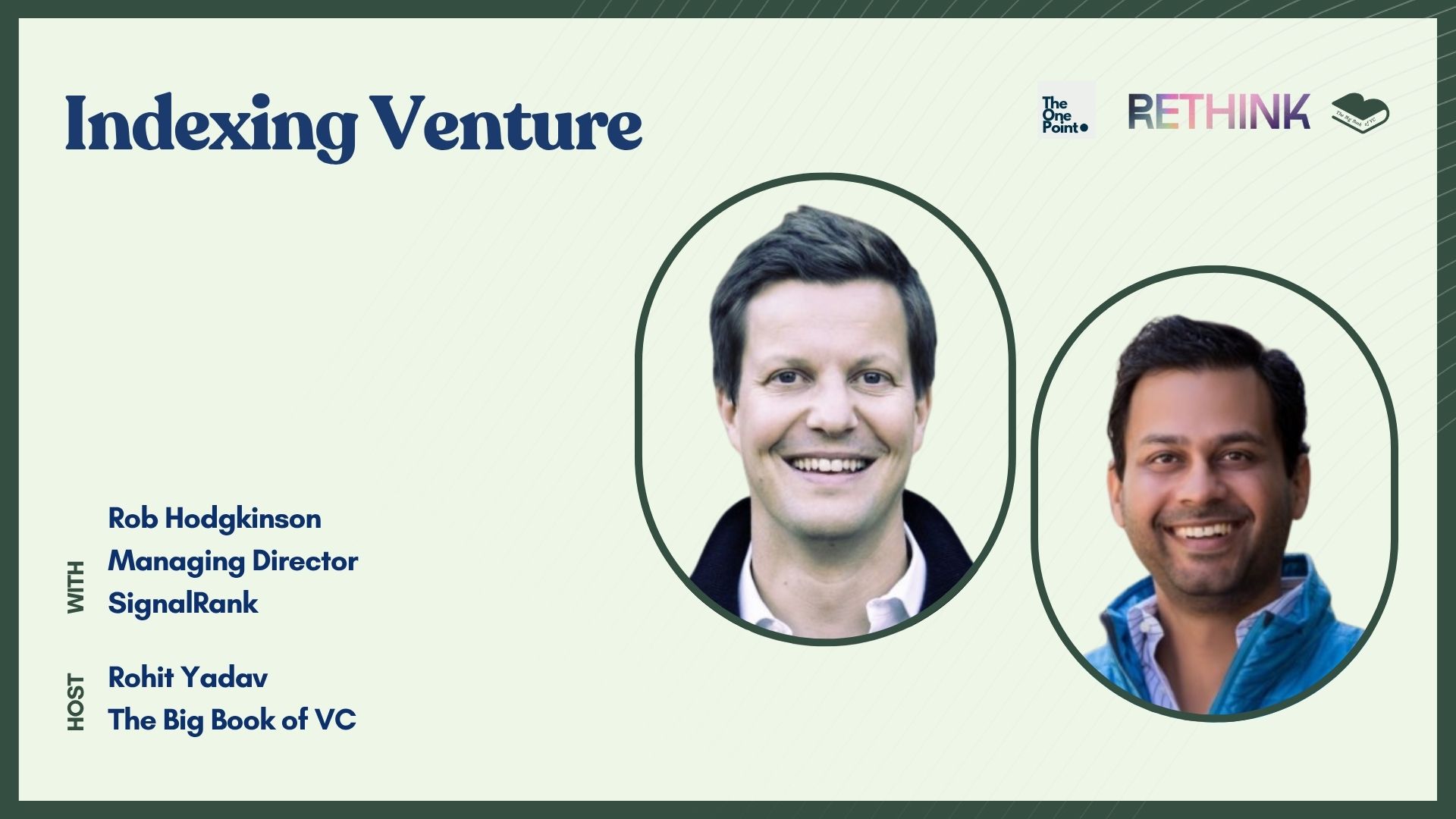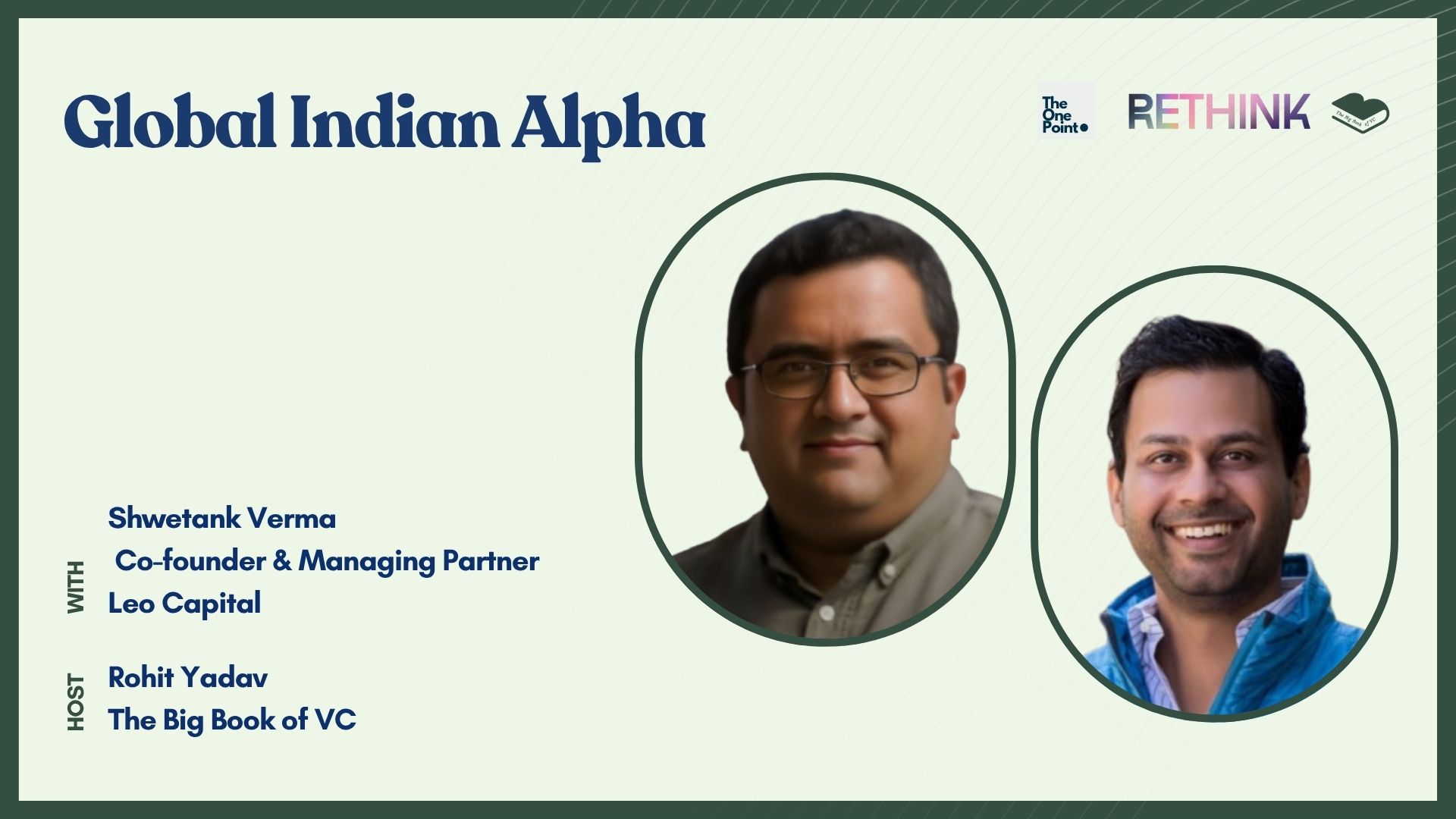Data Science Driven VC FoF
Snapshot of interview with Albert Azout from Level Ventures
Rohit Yadav: Albert, thanks for joining us. Let’s start at the top—what is Level VC?
Albert Azout: We started Level in 2021 to rethink the LP-GP dynamic. We saw an opportunity as more data became available, and as a new generation of GPs emerged. Our platform has three main components. First, we have a fund-of-funds strategy, where we invest in emerging VCs—typically sub-$100 million, pre-seed focused, with average fund sizes around $40 million. We aim to be a high-conviction LP, help with capital formation, and provide support.
Second, we have a co-investment arm, which focuses mostly on Series B and occasionally pre-B rounds—companies we believe are generational. And finally, we have a tech and data platform. Our team is mostly engineers and data scientists, and we’ve built a system that ingests terabytes of data to support GP selection, market tracking, and value-added tools for our portfolio GPs—like advanced network search and CRM enrichment.
Rohit Yadav: Why the dual focus—fund of funds and direct co-investments?
Albert Azout: It’s about balance. Fund of funds take time to return capital—there are three vintages and companies are staying private longer. So we combine diversified seed fund exposure with high-convexity co-investing to compress the J-curve. We also do some opportunistic LP secondaries. It’s a mix to manage both liquidity and returns.
Rohit Yadav: What's the current allocation between those strategies?
Albert Azout: About 80% of the portfolio is fund-of-funds and secondaries. The remaining 20% is co-investments, though we expect that to grow as our GP networks and brand in the market deepen.
Rohit Yadav: Your approach is deeply data-driven. Can you walk us through the background and your philosophy?
Albert Azout: Philosophically, our work draws from complexity theory and network science—how large-scale real-world networks behave. We reconstruct networks between investors and talent using a large knowledge graph approach. Rather than looking at a GP or firm in isolation, we analyze their embedded networks, because where someone is embedded can determine performance.
We’ve built predictive systems, explainability tools, and analytics layers that help us assess GPs and companies. It’s not purely quantitative—we pair data with deep human judgment. But data helps us increase speed and productivity, and we believe speed is everything in this part of the market.
Rohit Yadav: So Level started with the hypothesis that a data-driven approach could create an edge in fund selection?
Albert Azout: Yes. The fund-of-funds model gave us the best structural position to build a data flywheel. Smaller, emerging funds often outperform—but there’s high dispersion in returns. So selection is critical. We believed we could create an informational advantage using data to identify top performers.
Rohit Yadav: How has the emotional journey been, building Level?
Albert Azout: It’s been amazing—and challenging. I didn’t come from the fund-of-funds world, so there was a steep learning curve. Building large-scale data infrastructure in such a sparse, noisy environment has been a huge challenge—matching entities, normalizing time series, modeling sparse return data—it’s a complex puzzle.
Also, we’re building a startup, a fund, and a tech platform simultaneously. That’s more complex than any of my prior startups. But it's also incredibly rewarding.
Rohit Yadav: And how have LPs received Level VC so far?
Albert Azout: Depends on the LP. Family offices, wealth managers, and multifamily offices have been very receptive—it solves a real access and selection problem for them. Some institutions don’t have mandates for fund-of-funds, but others see it as a good way to enter venture. It took us time, but we've brought on our first institutions in Fund II, and the systematic approach resonates with many.
Rohit Yadav: Let's zoom out. How do you think the fund-of-funds model has evolved in the last five years?
Albert Azout: Venture is different from other asset classes. There's more return dispersion, and outperformance depends on selection, not just access. So a well-run fund-of-funds can consistently beat benchmarks—even after fees.
Underwriting GPs is a full-time job. You need deep networks, lots of backchanneling, and increasingly, data tools. Family offices have historically done this part-time, but I think the trend is toward specialization or outsourcing to full-time allocators.
Rohit Yadav: Has the number of fund-of-funds increased?
Albert Azout: There aren’t that many fund-of-funds focused purely on emerging VCs. GPs love them because they provide validation and longer-term capital. On the LP side, demand hasn’t exploded—but there’s a stable market of allocators who value selection support. It’s not a massive growth market, but it serves an important function.
Rohit Yadav: Within family offices—many prefer direct investing now. How does that affect you?
Albert Azout: It varies. Many got burned in the last cycle and are now more cautious. Some are pulling back, others are sticking with a few managers. And for those without internal resources to underwrite GPs, fund-of-funds are a natural fit. Especially outside the U.S.—we see interest from Europe, Latin America, etc.
Rohit Yadav: Is access still a major issue in venture?
Albert Azout: Sometimes. We’ve invested in $30–$40 million funds where we took a $9 million position and space was tight. But in many cases, it’s more of a selection problem. The market is fragmented—there are a lot of funds, and knowing which ones to back is the hard part.
Rohit Yadav: Let’s talk about your data systems. How do they work?
Albert Azout: We ingest multiple data sources—structured and unstructured, including proprietary data. We normalize investment statements per investor, benchmark the entire industry using our own benchmarks (not PitchBook or Cambridge), and categorize companies into verticals and niches.
A big part is reconstructing investor and talent networks. Early investors create signal for later ones—so we track syndicate flow and recency. On the talent side, we look at founder backgrounds, experience, and quality. All of this feeds into a graph neural network model that predicts a manager’s potential to generate top-decile returns.
Rohit Yadav: You also analyze companies directly?
Albert Azout: Yes. We track company momentum, ingest news and podcast content for emerging trends, and provide network tools to GPs for sourcing and diligence. For example, we built a tool that searches for specific expertise within a GP’s own network—a huge productivity booster.
Rohit Yadav: You published an article, “This is Not Your Mother’s Alpha.” Can you relate that to your strategy?
Albert Azout: We think the venture market is bifurcating. On one side, you have “Smart Beta”—the big multi-stage firms deploying huge capital into legible, momentum-driven opportunities. On the other, you have “Smart Alpha”—small managers pursuing true alpha through narrative arbitrage, structural advantages, or deep networks and knowledge.
We try to quantify alpha in three ways: network advantages (non-redundant, economically viable relationships), knowledge advantages (specialized, non-redundant insight), and structural advantages (ownership dynamics, fund size, ability to get into deals). That’s what we model and look for.
Rohit Yadav: How much of the market do you see?
Albert Azout: We’ve evaluated about 1,500 fund managers since we started and committed to around 30. So it’s a high bar. But we see most things.
Rohit Yadav: Can you time venture?
Albert Azout: Timing is hard. You can sense what regime you’re in, but you can’t easily time venture cycles. These are long-dated assets. What you can time is capital allocation toward emerging themes. For example, we were investing in defense and industrial tech before capital rotated in. Thematic timing is possible; macro timing is not.
Rohit Yadav: Within your fund-of-fund model, how much is data-driven vs. human judgment?
Albert Azout: It’s a balance. Data gives you an objective lens and a shared language with your team. But nothing replaces face-to-face interaction, gut checks, and backchanneling. This won’t be a machine-only business anytime soon, but data helps us see things others miss.
Rohit Yadav: You recently published a piece on Model Context Protocol (MCP). Can you explain what that is?
Albert Azout: Sure. MCP allows LLMs to interact with external services intelligently. We built one of the first remote MCP systems in VC, integrating our proprietary data. It enables our team—and eventually GPs—to access insights directly through LLM interfaces. For example, they can quickly analyze a market, identify competitors, map networks, and find internal experts to speak with—all in hours instead of weeks.
Rohit Yadav: Will MCP replace analysts?
Albert Azout: Not fully—but it dramatically accelerates research. It helps you learn the market faster, identify diligence paths, and make better decisions. That’s where venture is heading: verticalized, data-driven tools embedded into workflows.
Rohit Yadav: Are public and private markets converging?
Albert Azout: Yes, to some extent. Private companies are larger and staying private longer. There’s a more active secondary market. Narratives in private markets influence public markets and vice versa. Some of the best public market investors today are crossover investors leveraging insights from venture.
Rohit Yadav: Final question—what’s next for Level?
Albert Azout: A lot! We’re refining our tools, expanding our co-investment platform, and considering new products—possibly a crossover strategy. But the core mission is to be the best quantitative investor in the private markets.



.svg)




